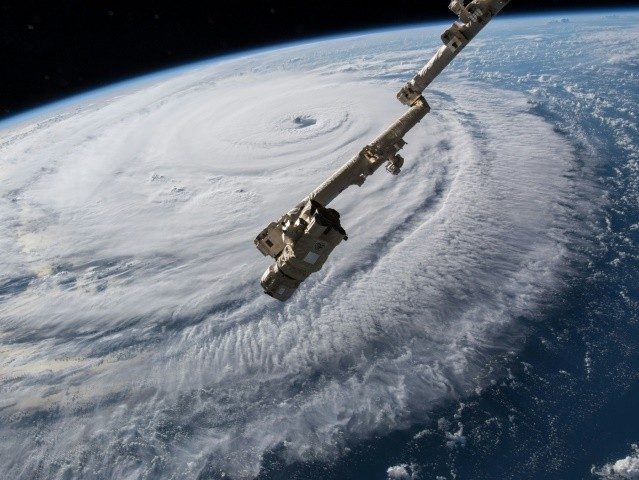

While carefully watching the war in Ukraine and escalating tensions elsewhere in the world, the military is increasingly focused on technology solutions that could potentially give the United States an edge in the conflict.

Secretary of Defense Lloyd Austin described the reason for this uptick in the budget: “We understand the need to sharpen our readiness in advanced technology, cyber, space, and artificial intelligence”. So what do the study authors think about hand-to-hand fighting on the Moon, with its low gravity and vacuum? "I would think you're more likely to take out the rockets on the way up," Wilson said.When the Department of Defense released its fiscal year 2023 budget, it earmarked a record $130.1 billion for research and development. And yet- and yet-from a geopolitical standpoint it does seem plausible that we could see humans fighting over the Moon in the not-too-distant future. It all seems pretty ridiculous, considering the expense of transporting all that material to the lunar surface. However, in the immediacy of war, a nation may decide it is worth permanently losing access to some slots in geostationary orbit, due to debris, in order to win a ground-based war.Īnd what about the Moon? In the television show on Netflix, Space Force, US and Chinese troops get into a ground-based combat on the surface of the Moon.

Nations do have a strong incentive to not destroy other satellites because of the potential to create hazardous debris that would potentially affect all nations' assets in space-and debris generated in space has a lasting effect. Advertisementįurther Reading To protect its satellites, France outlines ambitious space-weapons program While no shooting wars have broken out in space, the ability to take down space weapons has been seen by new powers such as China (in 2007) and India (in 2019) as a means to demonstrate their capabilities. But since the mid-1970s and the advent of anti-satellite weapons in the Soviet Union and the United States, space has been treated as a contested domain by the United States, the Soviet Union, and other emerging powers. In a perfect world, space might be viewed as a sanctuary. "It requires a lot more long-term thinking and strategic placement of assets." "Any conflict in space will be much slower and more deliberate than a Star Wars scene," she said. Given all of this, for engagements in space, maneuvers and actions will have to be planned far in advance, Reesman said in an interview. Once a satellite is in orbit, it requires time and a large amount of delta-V to perform phasing maneuvers. Satellites maneuver slowly: While satellites move quickly, space is big, and that makes purposeful maneuvers seem relatively slow.Therefore, it requires careful planning and perfect timing. Getting two satellites in the same spot is not intuitive. Due to the gravitational pull of Earth, satellites are always moving in either a circular or elliptical path, constantly in free-fall around the Earth. Timing is everything: Within the confines of the atmosphere, airplanes, tanks, and ships can nominally move in any direction. Satellites do not have that freedom.That is 190 times larger than the volume of Earth. Space is big: The volume of space between low-earth orbit and geostationary orbit is about 200 trillion cubic kilometers.By contrast, an average bullet only travels about 0.75km/s. Satellites move quickly, but predictably: Satellites in commonly used circular orbits move at speeds between 3km/s and 8km/s, depending on their altitude.
WEAPON TECHNOLOGY OF THE FUTURE SPACE WARFARE HOW TO
When considering how to control space, the authors lay out the ways in which space combat is counter-intuitive for policymakers and strategists. Rather, control over the high ground involves reducing or eliminating adversary satellite capabilities while ensuring one retains the ability to freely operate their own space capabilities for communications, navigation, observation, and all the other increasingly essential ways in which militaries rely on space. Therefore, the report authors Rebecca Reesman and James Wilson write, controlling space does not necessarily mean physically conquering sectors of space. Unlike a war on Earth, which typically involves an effort by opposing forces to dominate a physical location, satellites in orbit do not occupy a single location. All of the physical constraints suggest battles will need to be planned far in advance. Published by The Aerospace Corporation, The Physics of Space War: How Orbital Dynamics Constrain Space-to-Space Engagements lays out several basic concepts that are likely to govern any space combat for the foreseeable future. Further Reading A Cold War mystery: Why did Jimmy Carter save the space shuttle?


 0 kommentar(er)
0 kommentar(er)
